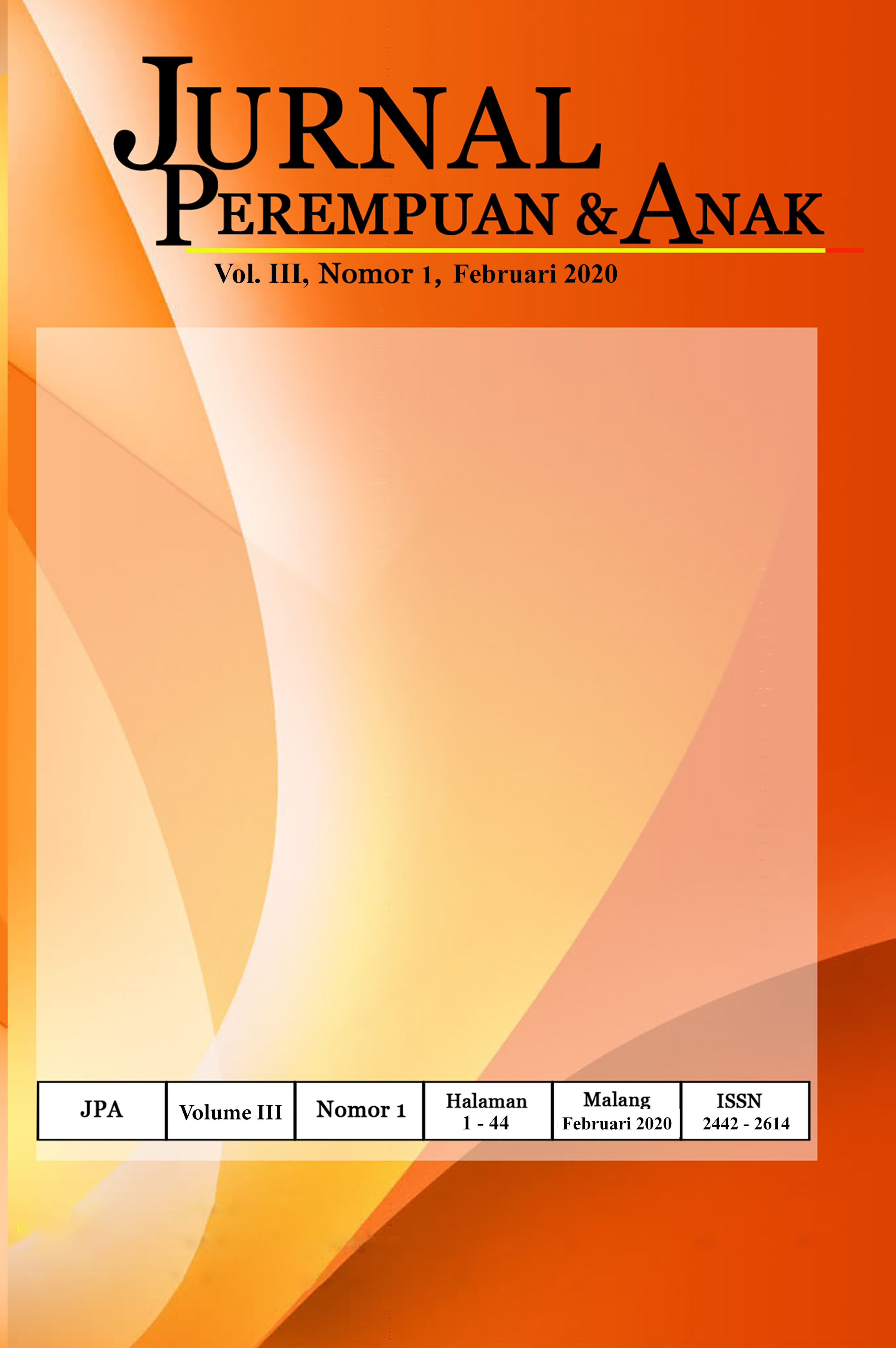Students' Perception In Bruno Mars' Song "Versace On The Floor”
DOI:
https://doi.org/10.22219/jpa.v3i1.11361Keywords:
gender, perception, qualitative research, song, versace on the floorAbstract
Song is a set of phrases that is accompanied by musical rhythms, contain message in the lyrics and can be sung. These days, there are many popular songs that have negative value for listeners. Conveying message about sex, love or portrayal of women is still a social debate because of cultural differences as well as rules in the environment. “Versace on the Floor” was one of the Bruno Mars’ famous song which contain sexual message in its lyrics. In this case, this study aims at discovering of students’ perception on Bruno Mars song “Versace on the Floor” about different gender regarding language used fin the song and allegedly contain elements of sex. This study used qualitative research methods to provide a detailed perspective of people about social phenomena such as culture or song. The researcher used students of University Muhammadiyah Malang as research subjects. The number of participants consisted of 20 female students and 20 male students. This research used questionnaire, interview guideline and document analysis to get data. The result indicated that most of students agreed that Bruno Mars’ song “Versace on the Floor” conveys sexual message. Both female and male students agreed that the song conveyed sexual message (female scored the greater number). However, several students thought that “Versace on the Floor” did not imply sexual message. They thought that it was a romantic song, which was expressed like having sexual message. Moreover, more than a half of the respondents (female scored greater number) thought that “Versace on the Floor” had a good melody. Moreover, the song should not be banned in Indonesia because the song was only heard as entertainment.Downloads
References
WHO, “Gender.” [Online]. Available: https://www.who.int/health-topics/gender. [Accessed: 20-Feb-2020].
G. . Schwartz, K.D. & Fouts, “Music Preferences, Personality Style, and Developmental Issues of Adolescents,” J. Youth Adolesc., vol. 32, 2003.
L. Holtzman, L & Sharpe, “Media messages: What film, television, and popular music teach us about race, class, gender, and sexual orientation,” New York Routledge, 2014.
T. Ackerman, “Popular song lyrics contain sex, alcohol and no regrets.” .
S. Alonso, I., Sammler, D., Valabregue, D., Dinkenlacker, V., Dupont, S., Belin, P., & Samson, “Hippocampal Sclerosis Affects fMR-Adaptation of Lyrics and Melodies in Songs. Front Hum Neurosci,” vol. (8/111, 2014.
M. . Dukes, R.L., Bisel, T.M., Borega, K.N., Lobato, E.A. Owens, “Expressions of love, sex, and hurt in popular songs: a content analysis of all-time greatest hits,” Soc. Sci. J., vol. 40, no. p 643–650, 2003.
L. Kalof, “Dilemmas of femininity: Gender and the social construction of sexual imagery,” Sociol. Q., 1993.
E. Kiral, “The Relationship between Locus of Control and Perfectionism Perception of the Primary School Administrators,” Procedia-Social Behav. Sci., vol. 174., no. 3893–3902, 2015.
Z. Sunaryo & Bahari, “Organization ethics reputation and customer loyalty: perception of muslim customer sharia banking,” Asia-Pacific Manag. Bus. Appl., no. p 69 – 80, 2012.
A. Colley, “Young people’s musical taste: Relationship with gender and gender-related traits,” J. Appl. Soc. Psychol., 2008.
Downloads
Published
How to Cite
Issue
Section
License
Authors who publish with Jurnal Perempuan dan Anak (JPA) agree to the following terms:
- For all articles published in Jurnal Perempuan dan Anak (JPA), copyright is retained by the authors. Authors give permission to the publisher to announce the work with conditions. When the manuscript is accepted for publication, the authors agree to automatic transfer of the publishing right to the publisher.
- Authors retain copyright and grant the journal right of first publication with the work simultaneously licensed under a Creative Commons Attribution-ShareAlike 4.0 International License that allows others to share the work with an acknowledgment of the work's authorship and initial publication in this journal.
- Authors are able to enter into separate, additional contractual arrangements for the non-exclusive distribution of the journal's published version of the work (e.g., post it to an institutional repository or publish it in a book), with an acknowledgment of its initial publication in this journal.
- Authors are permitted and encouraged to post their work online (e.g., in institutional repositories or on their website) prior to and during the submission process, as it can lead to productive exchanges, as well as earlier and greater citation of published wor (See The Effect of Open Access).
This work is licensed under a Creative Commons Attribution-ShareAlike 4.0 International License








